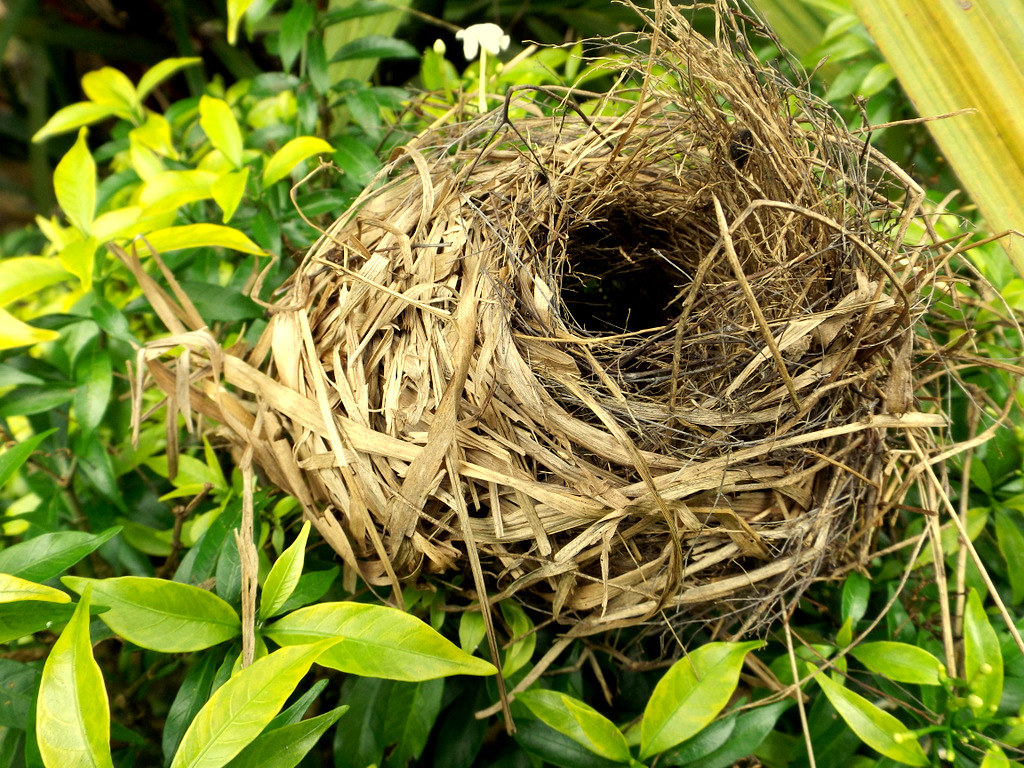Once the school year started, we couldn't wait to get classes into the
Makerspace. The staff was excited, the parents were excited, and we wanted to keep that momentum going. We decided that it would make sense to start with our oldest two grades (3rd and 4th) working in the makerspace.
For our fourth grade students, we wanted to do something that incorporated our 3D printer, since it was brand new for us and for them! We found a unit called
City X that mimicked a corporation called
Made in Space, which designs objects meant to solve problems encountered by the residents on the International Space Station. These designs are emailed into space and printed on a 3D printer on the Space Station. For this City X activity, the students were each partnered up with a fictitious resident of a new space colony. This resident had a problem and needed their designer to create something to help them solve their problem.
Here is a video about the project:
And here is the video about Made in Space that we used to help the students understand the purpose:
The focus of this project was on the design process - identifying the problem, brainstorming solutions, choosing one idea to use, and creating a plan. Then they took this plan through a "draft" process - sketching version one, eliciting feedback, using that to design version two, eliciting further feedback, and coming up with a final design. Then they created a model of that design using
Model Magic, which they used to draw a blueprint using basic shapes. This was necessary for them to be able to easily transfer their idea into
Tinkercad, which uses basic shapes as the building blocks. Once they created their designs in Tinkercad we were able to 3D print them.
Needless to say we learned SO much during this project! I had to familiarize myself with Tinkercad, which was all new to me - I spent about a week learning the basics, hoping that would be enough. Little did I realize, the kids would pick it up right away and figure things out in it without any trouble!! We learned a lot about what worked and didn't work for 3D printing, and what to do to problem solve when we did run into design and printing problems.
Here are some examples of what our kids came up with in such a short time:


What a great kick-off to our first year in the Makerspace!


















